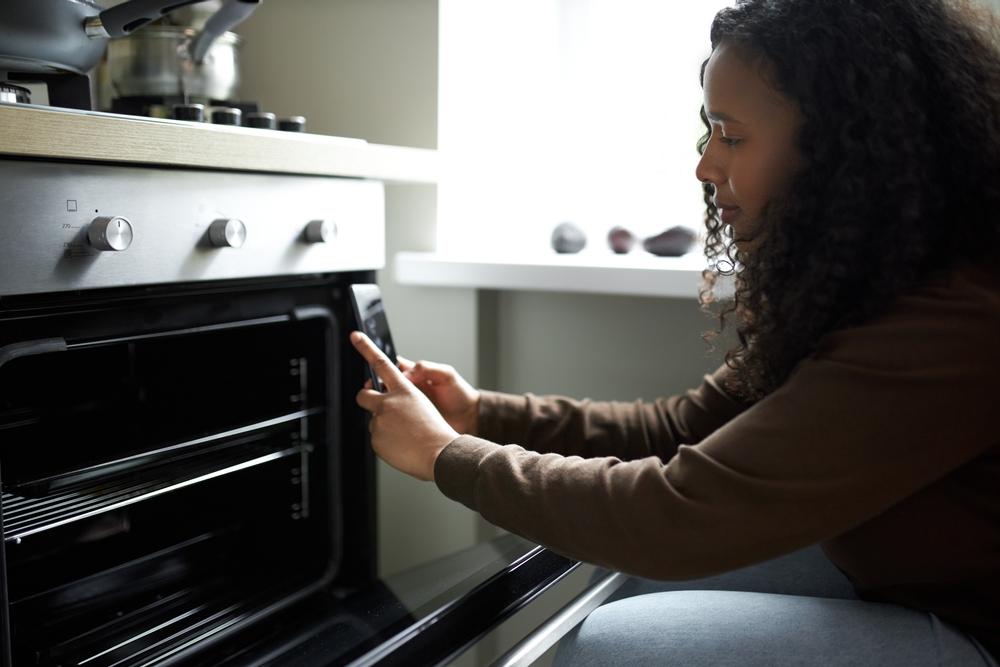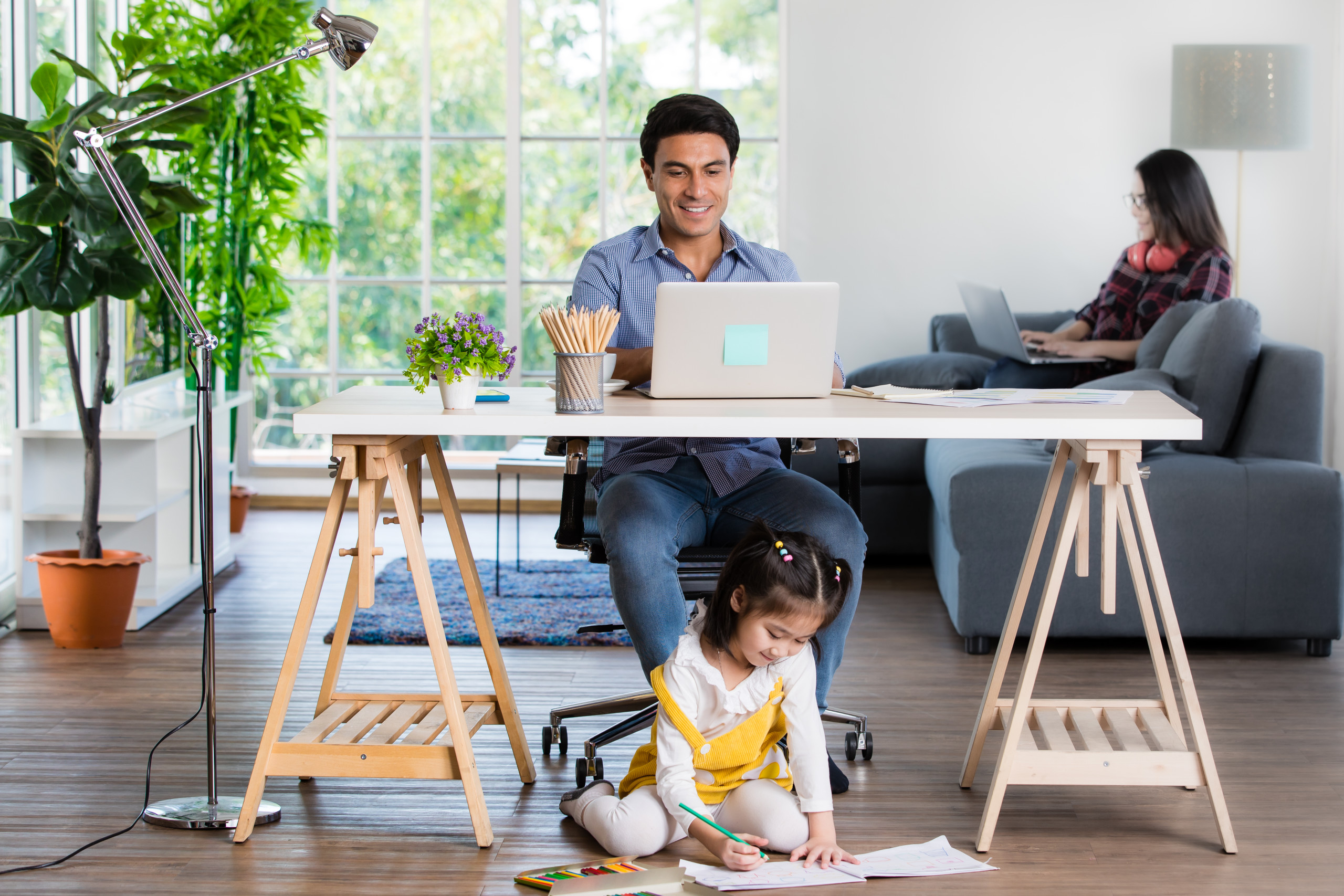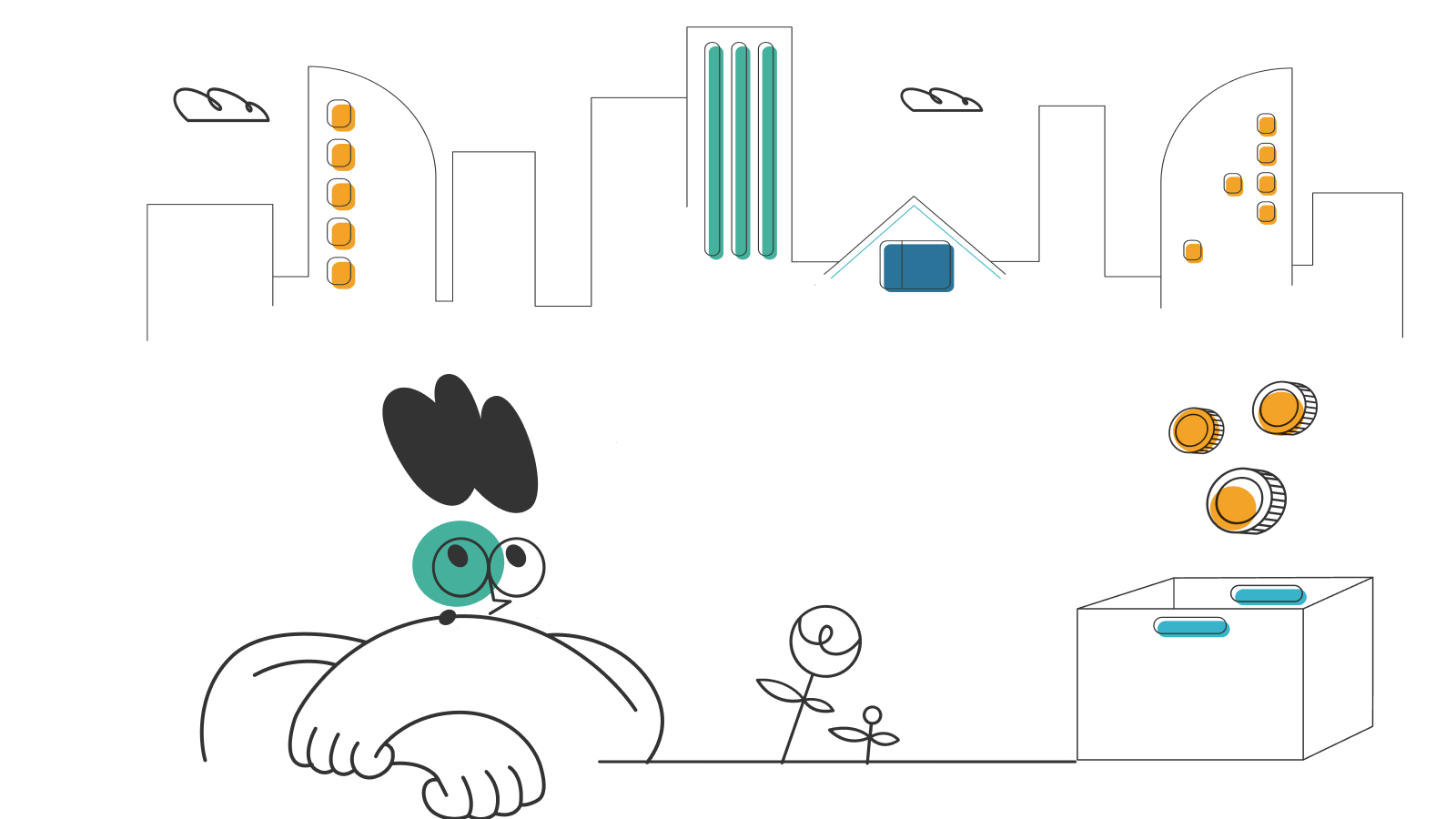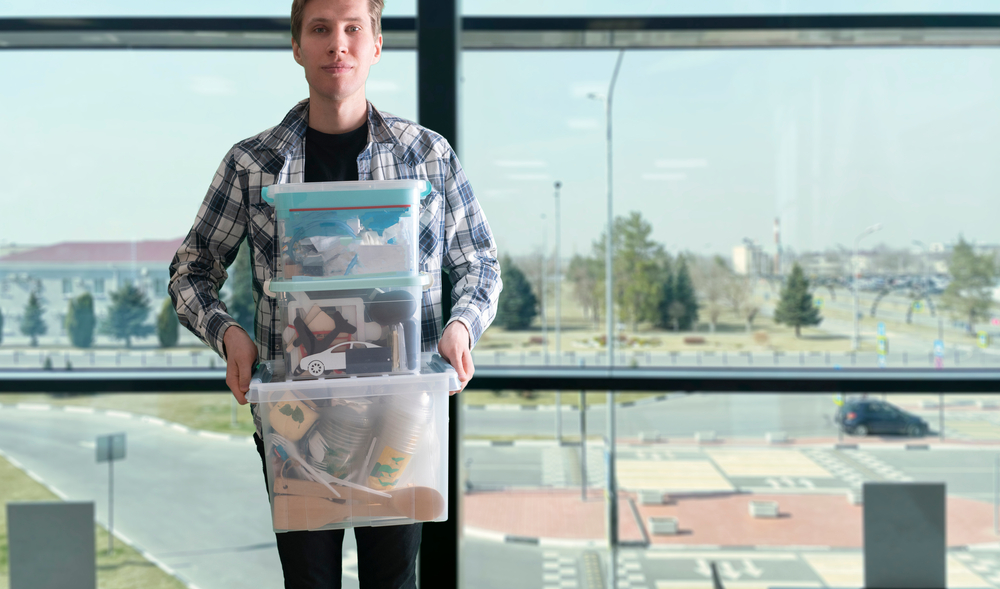A Guide to Moving With Children of All Ages

Moving soon? Get organized with our free moving checklist.
Families of all sizes have been successfully moving across the country and world for centuries. Even with a house full of kiddos, a clear plan lets you approach the job with minimal disruptions. Whether this is your first time moving with children or you’ve done it many times before, this guide to relocating alongside little ones can help make the mission more fun for everyone.
Downsize before you start
Take steps to pare down your toys, books, and clothes ahead of your move. Kids tend to hold on to everything, and most families have at least one bin of random trinkets and toys that no one really knows what to do with.
Don’t sweat the small stuff — as in, don’t spend too much time sorting out your smaller objects. Instead, categorize items by major groupings such as games, sports equipment, and dolls, and save more detailed organizing of all the bits and bobs for when you get to where you’re going.
As you sort, set aside anything the kids have outgrown or that doesn’t function as intended. Before throwing it out, put it in a “maybe” box out of your child’s sight. If they ask for the item before you move, it’s a keeper. If it goes unnoticed, you’re probably good to donate or throw it away.
Talk about the move with your children
Even if this is your fifth move, the kids may only remember living in one or two places. The home plays a huge role in their formative years, and they will probably have feelings about leaving it — even if they are truly excited about a bigger home or moving closer to Grandma. Let them know ahead of time that sad feelings may come up, and it’s OK to let you know when they happen. Allow them one last visit to places they’ve outgrown, such as their old treehouse.
Share your plans
You may not know how everything will unfold once you get there, but filling kids in on what you do know can help ease anxieties all around. Share the timeline for packing, transportation, and arrival, and fill them in on the internet situation. Keep them informed of any significant changes in plans that affect them directly, but don’t feel the need to share every administrative change.
Let them help
Kids may feel powerless if they aren’t given a chance to be part of the activity. From packing up clothes to writing labels on boxes, there is plenty to do for kids who want to feel involved. Avoid letting them handle anything breakable, even if they seem capable — give them control over their clothes, toys, or bedding instead.

Modify the move for their age
Moving with children of any age can throw off the family’s routine. The more normalcy you’re able to create, the better. Aim to keep your rituals as consistent as possible during the move. For what will have to change by necessity, you can prepare kids for the unfamiliar through stories. Reading books such as Moving House by Anne Civardi and I Like Where I Am by Jessica Harper can help younger kids visualize the experience; older kids may enjoy Moving Day by Ralph Fletcher.
In general, your move is likely to look very different based on the age of the children traveling. Adjust your planning based on whether your move involves:
- Babies or toddlers. In addition to keeping a well-packed diaper bag outfitted for a week, have extra toys and snacks on hand. Stick to a sleeping schedule as best as you can, and include a special moment each day for snuggles, reading, or another connection moment. Ask a family member or friend to lend a hand with their care while you get to work with the move.
- Pre-K to early elementary. This age can actually be quite helpful and will benefit most from taking on small duties. Let them make up their own travel bag, and check on their work in an empowering manner. Get them excited about the move by helping them look up the new neighborhood online and watch videos of local landmarks and destinations. If you’re moving to an apartment with kids in tow, explain how things might be different from living in a house.
- Middle grades and high school. Kids this age can seem like a mini adult, and their feelings about the move may be the most complex. Be honest about the challenges, and give them the autonomy to say goodbye in their own way. Don’t be surprised if they want to spend the final days at home with their friends as much as possible.
Moving with children takes work, but it’s also an opportunity to handle things as a team. Knowing how to balance giving kids their space while still making them feel like part of the move can keep the moving experience a positive one for the whole family.
Prefer to have the whole family sit back and enjoy, without much muscle? We’ve got you covered — check out our partner Dolly.com, and hand all that heavy lifting over.
Moving soon? Get organized with our free moving checklist.
Internet and TV tips
Switching providers and don’t know where to start? We can help.













